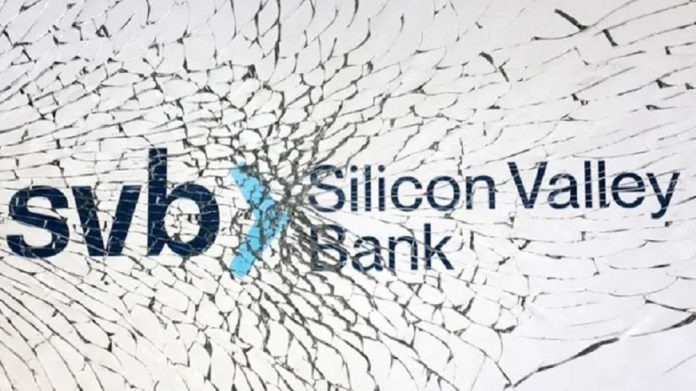Despite the Biden administration’s recent efforts to stabilize the volatile markets, dozens of American banks are in danger of failing, according to a new study.
According to a study done by four economists, nearly 200 American banks are exposed to risks similar to those that caused Silicon Valley Bank (SVB) to collapse and go bankrupt. RT reported this on Saturday.
SVB, a significant US bank that specialized in providing capital to the tech and startup industries, was shut down by regulators last week as a result of significant deposit outflows. k. a. a bank robbery.
ALSO READ: Banking system is ‘safe’, Biden guarantees Americans after SVB breakdown
The study calculated how much market value US bank assets had lost as a result of higher interest rates.
The federal funds rate increased significantly between March 7, 2022, and March 6, 2023, rising from 0 percent to 4 percent accompanied by quantitative tightening. Thus, long-dated assets similar to those held on bank balance sheets experienced sizable value declines over the same time period, according to a study by four economists from renowned US universities that was published this week on the Social Science Research Network.
One way that higher interest rates help banks is by enabling them to lend money at higher rates.
On the other hand, many US banks have invested a sizable portion of their excess cash in US Treasury securities. When interest rates were so low, this was done. Due to the rate increases, these bonds’ value has significantly declined, and investors can now buy newly issued bonds with higher interest rates. Unrealized means the loss is still only “on paper,” even though the value of the securities has decreased in the bank portfolios.
The issue for banks begins when depositors request their deposits be returned and banks are compelled to sell their securities at a significant loss in order to repay depositors.
In extreme cases, this can result in a bank going out of business or, as was the case with SVB, the loss of confidence can set off a bank run.
The report’s authors investigated how uninsured deposits affect the amount of funding provided by US lenders: A bank is more susceptible to a run if its share is high.
For instance, the outflow of deposits caused the bank to collapse in just two days at SVB, where 92.5% of deposits were uninsured.
According to the study’s authors, 186 American banks would not be able to pay all of their customers if even half of the uninsured depositors decided to withdraw their funds.
The economists came to the following conclusion: “Our calculations suggest that these banks are certainly at potential risk of a run, absent other government intervention or recapitalization… Overall, these calculations suggest that recent declines in bank asset values very significantly increased the fragility of the US banking system to uninsured depositor runs.” They also noted that the number of banks that are at risk could be “significantly” larger in the event that “uninsured deposit withdrawals cause even small fire sales.”
The collapse of SVB sparked anxiety among financial institutions worldwide and in the United States due to concerns about its spread.
According to RT, The failure of SVB resulted in Signature Bank’s closure as well as ripple effects throughout the US banking sector. The six largest Wall Street banks have lost approximately $165 billion in market capitalization, or about 13% of their combined value, as have many other financial institutions stocks.
Moody’s, an investors Service downgraded the US banking system’s outlook earlier this week from “stable” to “negative,” citing the “rapidly deteriorating operating environment.”
In the midst of market turmoil brought on by the collapse of US banks, the bank’s share price fell by more than 14% on Monday to a record low.













